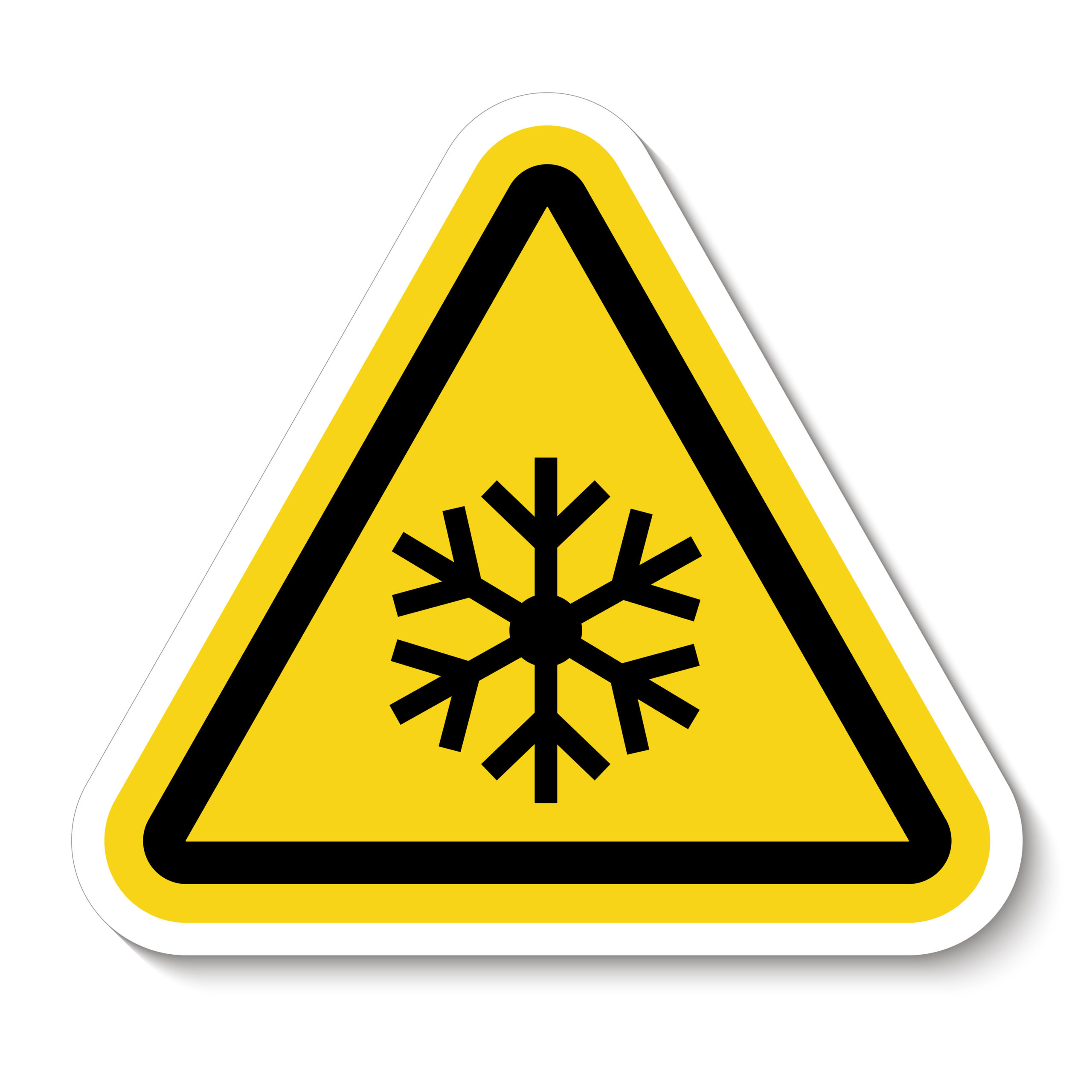View source
Working outdoors already involves many hazards. Now add plummeting temperatures during the winter months, and the number of risks grows.
Cold stress injuries and illnesses can occur when a person’s skin temperature (and, eventually, their internal body temperature) falls, and their body can no longer maintain a normal temperature. This can lead to hypothermia, frostbite, disorientation, lack of consciousness – and even coma or death – for workers who spend time outdoors.
“The folks in construction, the people doing road work, municipal workers, private construction companies, they’re just trying to get a job done,” said James Mulligan, area director for OSHA’s Boston South office. Mulligan began his career as a plumber and has worked on numerous construction sites. “You could lose somebody in the extreme cold.”
Taking steps to keep outdoor workers warm can help prevent other kinds of injuries, too.
“People lose their focus” during harsh winter weather, Mulligan said. “Now they start to think about how cold their hands are, how cold their feet are – it’s distracting. It’s very difficult to focus on not just the work at hand, but their own personal safety when it’s so cold that they’re shivering.”
Protecting workers from frigid outdoor conditions requires awareness, planning and training.
Here are seven tips for workers and safety professionals.
- Keep it loose (and dry)
Tight clothing can reduce blood circulation. Instead, NIOSH says, choose loose-fitting clothing in multiple layers, which also provides better insulation. Look for moisture-wicking apparel, which can help keep the body dry by pushing water and perspiration away.
It’s a good idea to have a blanket and extra cold-weather clothing on hand – including socks and gloves – because if clothing gets wet, it’s important to dry off and change as soon as possible.
2. Protect your head
When the temps turn cold in Boston, Mulligan recalls the advice of his late father, who learned it while in the military in the 1950s: Put a hat on your head and keep your feet dry. “I can hear him in my head,” Mulligan said.
Research has shown that 10% of the body’s heat loss occurs from the head. Wearing a winter hat, hood, balaclava, winter hard hat liner or other protective layer can help retain heat – and protect the ears.
3. Don’t forget your feet
In addition to the dangers of frostbite, prolonged exposure to wet and cold conditions can lead to trench foot (also known as immersion foot syndrome). The condition results in skin tissue dying because of a lack of oxygen and nutrients, and a buildup of toxic products.
Work boots should be waterproof and insulated, NIOSH notes. Mulligan said he preferred heavy rubber overshoes on construction jobs “because I was always concerned about my feet getting wet.”
4. Stay hydrated
The body can still lose moisture in cold weather, even without sweating. So, it’s important to stay hydrated. Along with plenty of water, OSHA recommends drinking warm or sweet beverages (such as sports drinks) in the winter. And remember – it’s a myth that drinking alcohol will warm you up. The Cleveland Clinic cautions that not only does alcohol cause the body to lose heat faster, it’s also a diuretic, which contributes to dehydration.
5. Monitor the weather
Mulligan said foremen on jobsites can set workers up for success by understanding if and when harsh winter weather is expected. “I think about work as if we’re a soccer team or a football team or a hockey team,” Mulligan said. “Can the team be successful” in cold conditions?
Start the day by checking a mobile weather app, and continue to monitor it. Many weather apps are available at no cost.
6. Know the signs of cold stress
In addition to prevention, workers need to be trained on how to recognize symptoms of cold stress – in themselves or co-workers.
Early-stage symptoms include shivering, slow or slurred speech, loss of coordination, and confusion or disorientation. First aid begins with taking steps to get the person warm. Go to the NIOSH cold stress topic page to learn more.
7. Make a plan
Although OSHA doesn’t have a specific standard covering work in cold environments, employers have a responsibility to provide a workplace free from recognized hazards.
“If you talked to responsible employers, they’d say, ‘We’re not meant to work in zero degrees,’” Mulligan said.
Engineering controls include supplying radiant heaters to warm outdoor worksites, shielding work areas from drafts or wind, and designating warm locations where workers can take breaks. Also: Could the work be moved where it can be done out of the elements, or switched to a different day?
“It’s about planning,” Mulligan said. “Do I need to do it today when there are 40 mph winds? Or, can I postpone it a couple of days? Responsible employers are going to look at the dangers and say, ‘Would I want workers that I am responsible for out there when it’s so dangerous that some could get frostbite?’”

